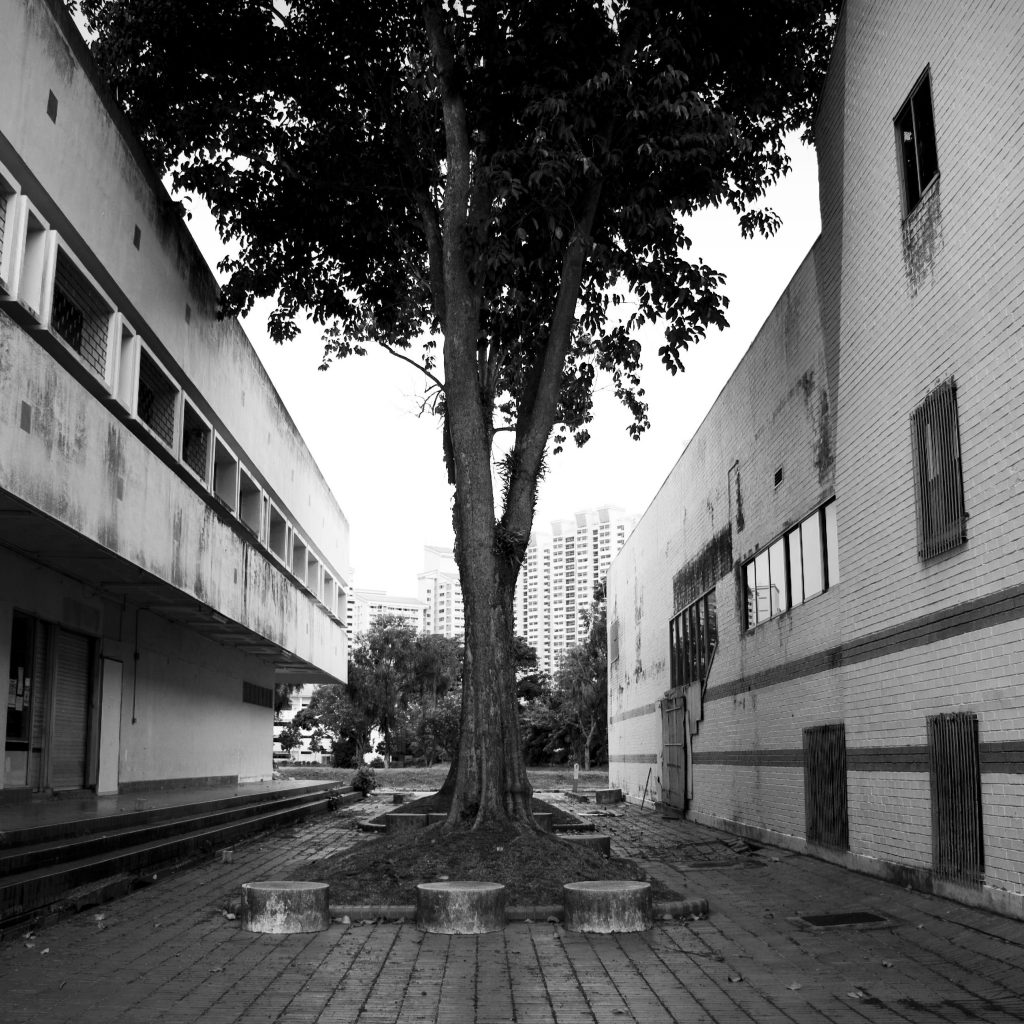Understanding Singapore’s Vulnerability to Climate Change
September 11, 2018

Dr Winston Chow (NUS Geography) highlighted three areas of climate change which could affect Singapore:
Firstly, higher daily average temperatures are predicted to occur more frequently. Dr Chow attributes this to greenhouse gas (GHG) emissions and the urban heat island effect. To reduce the heat island effect, he stressed the need to integrate climate-sensitive urban design, such as increasing green spaces, maximizing shade, and encouraging natural wind flow.
Singapore is also expected to receive more periods of intense rainfalls, interrupted with spells of prolonged drought. Despite the assurance of Newater and other technological advancements to supply Singapore’s water needs during dry spells, Dr Chow suggested a need to change consumer behaviour to further reduce water consumption and demand.
Lastly, Singapore faces the threat of sea level rise. By raising the minimum land reclamation height to 4m above the mean sea level, Singapore has promptly responded to this threat. However, sea level rise may concurrently affect the low-lying rice fields in neighbouring countries like Thailand and Indonesia, which may hurt Singapore’s food supply. Furthermore, inhabitants of these coastal settlements may be displaced, bringing about socio-political consequences.
Dr Chow proposed that the mitigation of GHG emissions is a way to help minimize the impact of climate change. Next year will see the implementation of a Singapore carbon tax of $5 per tonne of GHG emissions. The initial revenue received from the carbon tax will predominantly be used for innovation, aiming to encourage and covert emission-intensive local industries. Nonetheless, the effectiveness of these mitigation efforts can only be established in the future.
Read more here.
